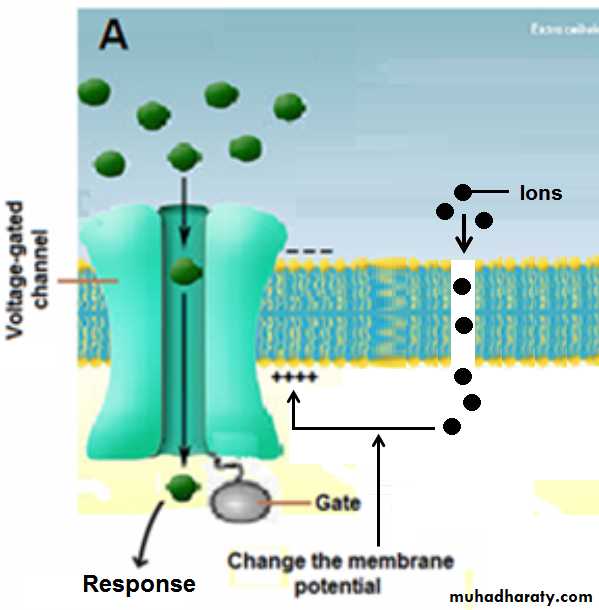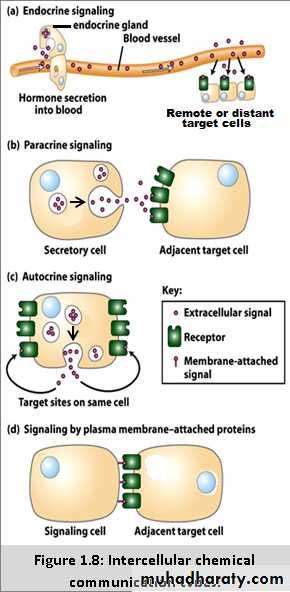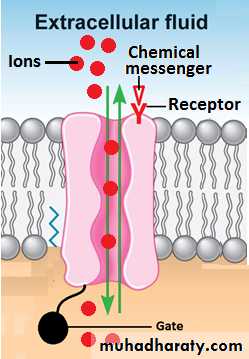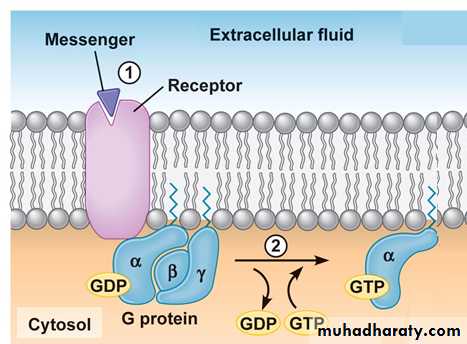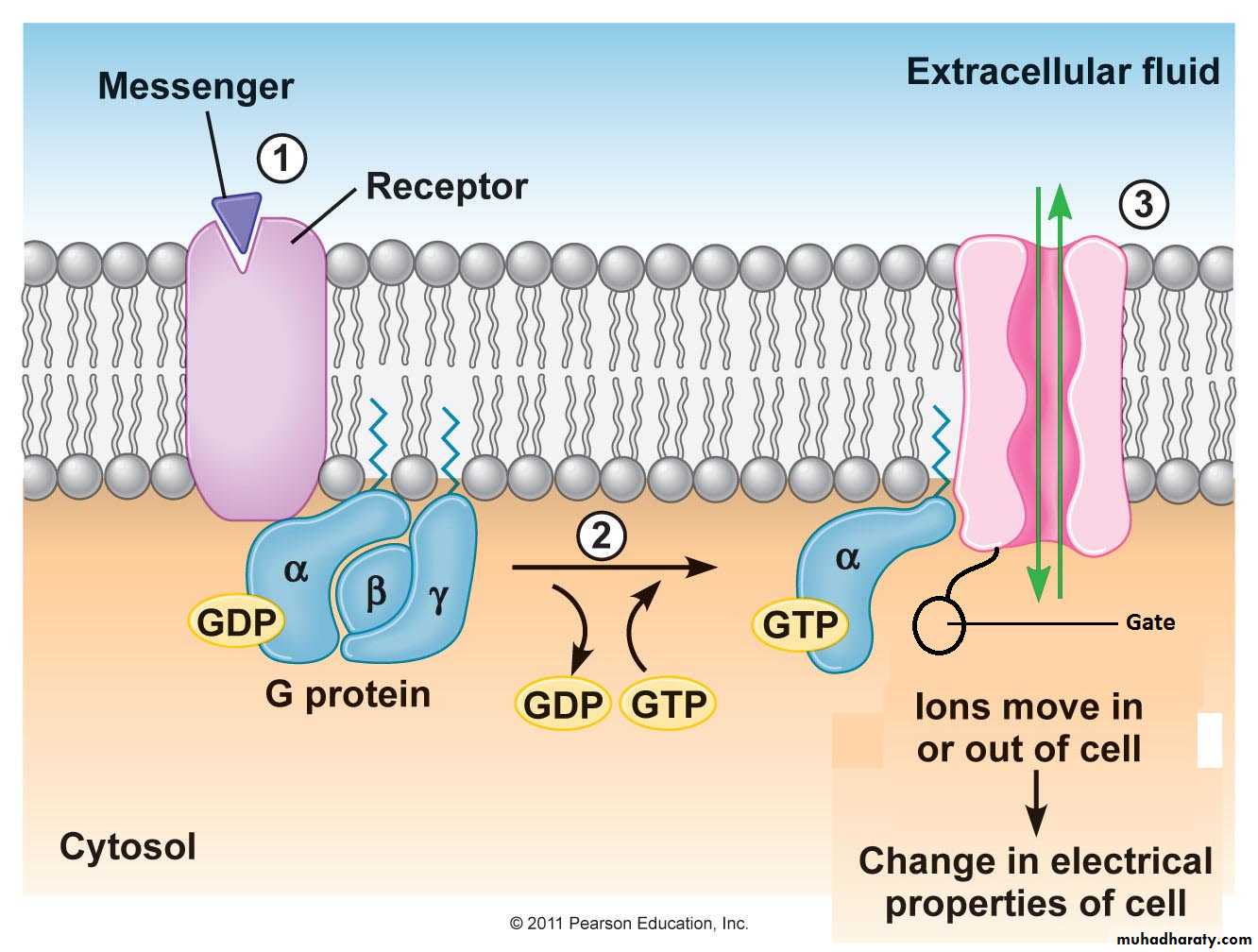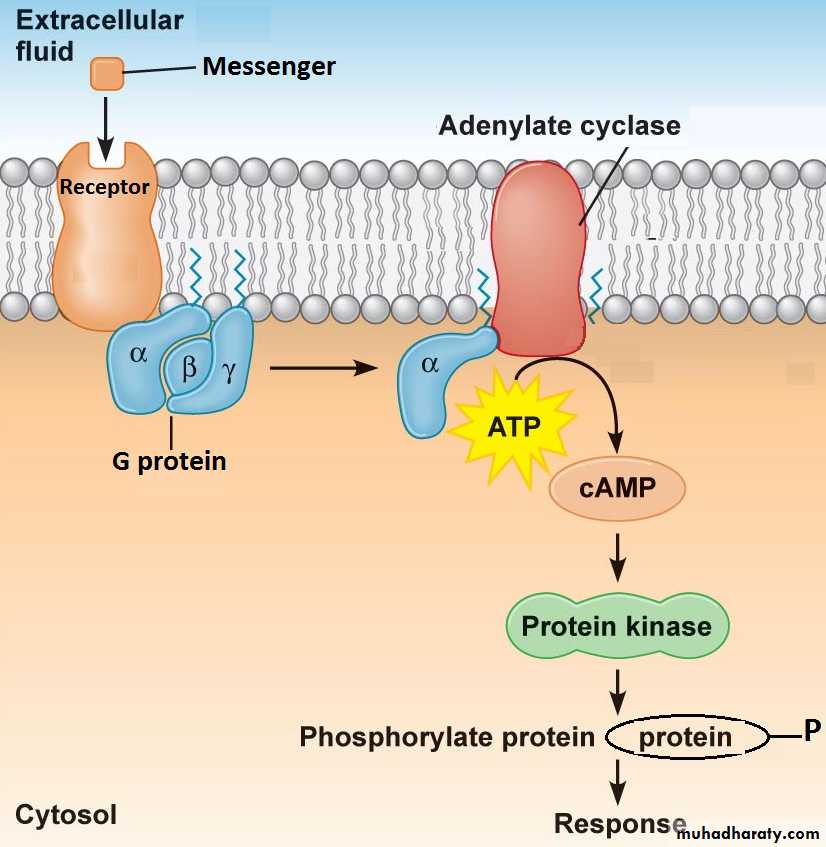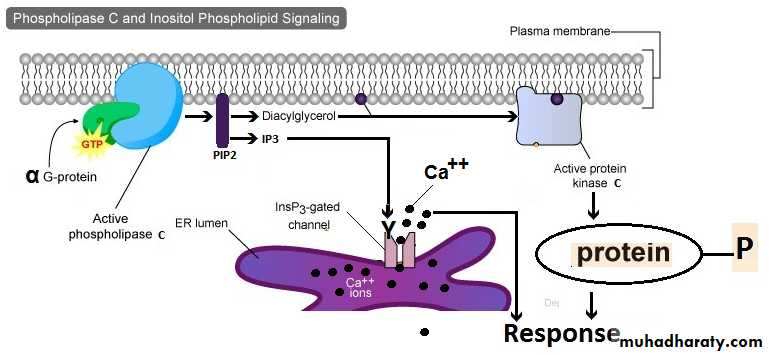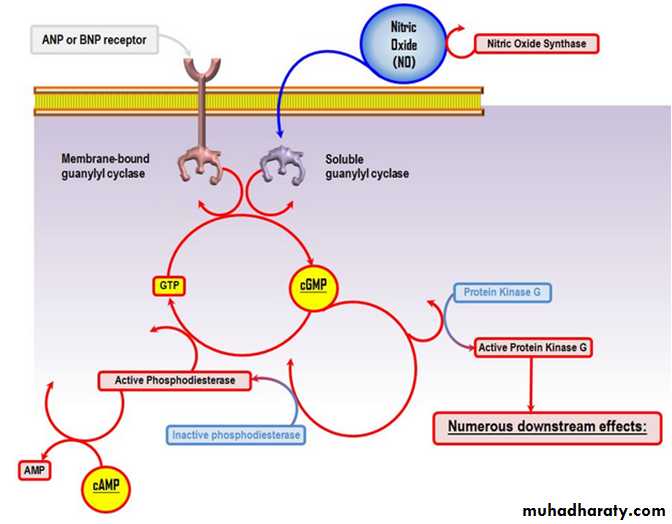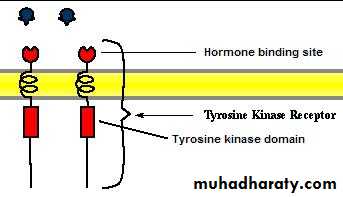Interesting facts about cell and cell membrane:
Scientists estimate that our bodies contain anywhere from 75 to 100 trillion cells, all work in perfect harmony. A typical cell is 10 square micrometers in size and 1 nanogram in mass!
The cell membrane is ridiculously small. It’s so small, in fact, that you’d have to stack more than 10,000 cell membranes on top of each other to equal the thickness of a standard piece of the paper. Yet despite this small thickness, the total surface area of cell membrane in the average human body is incredibly large. There’s more than 27871 square meters of it in the human body, which is enough to fully cover 4 American football fields.
The amount of information that the cell membrane protects is incredible. It’s essentially like having your own HDD operating within every cell. What the cell membrane does, however, is protects these data and actually use this data library. It directs the information to go to different places in the body and it helps to keep people functional and healthy.
The of phospholipids of the membrane acts a lot like the insulation of a double-glazed window while helps to facilitate movement of specific selective substances and resisting molecules that shouldn’t be entering the cells
After the end of these lectures, you should be able to . . .
1. Describe the structure and functions of the plasma membrane, glycocalyx, and ions channels.2. Expound the functions of cilia and flagella.
3. Explain the means of cell-to-cell adhesion.
4. Describe how the cells communicate with each other (signal transduction or cell signaling).
5. Expound the ways by which cell regulates the intracellular [Ca2+] and [H+].
CELL PHYSIOLOGY
CELLS ARE THEBASIC UNIT OF
LIFE
Cell structure and Functions
• Water 70-85%
• Proteins 10-20%
• Lipids 2% (mainly phospholipis & cholesterol)
• Carbohydrates 1%
• Electrolytes potassium, magnesium, phosphate, sulfate, bicarbonate, and small quantities of sodium, chloride, and calcium.
Cell structure
AnimationFunctions of cell membrane:
1. The maintenance of cell shape and structure.2. A transport function.
3. Intercellular communication.
4. Intercellular adhesion.
5. Directed cell movement.
Cell membrane (plasma membrane): The membrane made up lipids (40% of the membrane) and protein (60% of the membrane).
lipid-soluble substances: O2, CO2, N2, anesthetic gases, steroid
hormones, alcohol)
water-soluble substances: Electrolytes, glucose, urea, H2O)
Cholesterol has a rigid structure
Ion channels proteins
PumpsTransport proteins (carriers)
Receptors
Cell adhesion molecules
Antigens & recognition proteins
Enzymes
Regulatory proteins
Enzymes
Anchoring
The general characteristics of transmembrane ion channel proteins:
[1] Specificity[2] They are either open channels or gated channels (i.e. can be opened or closed by gates
(A) Voltage gating (voltage-gated channel)
(B) Chemical or ligand gating (chemical or ligand-gated channel)
(D) Physical gating (physical-gated channel)
The receptors: They are proteins or glycoproteins. They are located on the surface of cell, or within the cytoplasm or nucleus. Receptors have the properties of:
ʘ Specificity
ʘ High affinityʘ Limited capacity
ʘ Down & up-regulation
Classification of cell membrane receptors:
1. Gated channel-linked receptors2. Catalysis-linked receptors
3. G-protein-linked receptors
Glycocalyx
A. Repels other negative objects.B. Attaching the cells to each other.
C. Receptor
D. Enters into immune reactions antigens markers that identify the cells of an individual as “self.”
Cilia
Are non-motile (more widespread) or motile (less widespread) thread-like projections through the cell membrane; each is anchored by a basal body just within the membraneIn inner ear play a role in the sense of balance non-motile
In the retina form the light absorbing part of the receptor cells non-motile
In kidney tubules monitor fluid flow through the kidney tubules non-motile
In the nose bind odor molecules non-motile
In the respiratory tract and the uterine (fallopian) tubes sweeping motile
Cell-to-Cell Adhesions:
[A] Cell adhesion molecules (CAMs): They are integral membrane proteins that have cytoplasmic, transmembrane and extracellular domains.Immunoglobulin-like adhesion molecules
Integrins,
Cadherins,
Selectins.
[B] The extracellular matrix (ECM, biological “glue”):
Gel (ground substance )+ Protein fibers
Collagen flexible non-elastic fibers
Elastin flexible elastic fibers
[C] Specialized membrane junctions:
• Tight junction
• Gap junctions
• Adheren or Desmosome junctions
[A] Impermeable (non leaky)
[B] Permeable (leaky)Membrane junctions: Tight junction
[A] Impermeable (non leaky)[B] Permeable (leaky)
Membrane junctions: Gap junction
Membrane junctions: Desmosome junctionSkin
Classification of cell membrane receptors:
1. Gated channel-linked receptors2. Catalysis-linked receptors
3. G-protein-linked receptors
Electrical, physical or chemical signal
CellContraction, secretion
Intercellular communication
(signal transduction)
The process by which a cell converts an input signal into a response
change in metabolic activity, contraction or relaxation, secretion, release of another signaling substance, cell growth and division, and cell death (apoptosis).
Change in chemical composition
(signal transduction)input signal
response[A] Electrical communication:
[B] Transportation pathways of chemical messenger are of four types:
1. Endocrine pathway2. Paracrine Pathway .
3. Autocrine pathway
4. Contact-dependent pathway
The result of the binding of the first messenger to the receptor is one of the following
[1] Open or close of Ion channel-linked receptors[2] Activation or inhibition of G- proteins
The α subunit can then migrate laterally in the plasma membrane to modulate the activity of:ʘ G protein-linked ion channels
ʘ G protein-linked activation or inhibition of adenylate cyclasesʘ G protein-linked activation or inhibition of phospholipases C
[A] G protein-linked ion channels
[B] Activation or inhibition of G protein-linked adenylate cyclases
[C] Activation or inhibition of G protein-linked phospholipases C
[3] Activation or inhibition of receptor-linked guanylyl cyclase (catalysis-linked receptors)
[4] Activation or inhibition of receptor-linked tyrosine kinase (catalysis-linked receptors)
[5] Gene modification
The general characteristics of transmembrane ion channel proteins:
[1] Specificity[2] They are either open channels or gated channels (i.e. can be opened or closed by gates
(A) Voltage gating (voltage-gated channel)
(B) Chemical or ligand gating (chemical or ligand-gated channel)
Through Gated channel-linked receptors
Through G-protein
(D) Physical gating (physical-gated channel)












